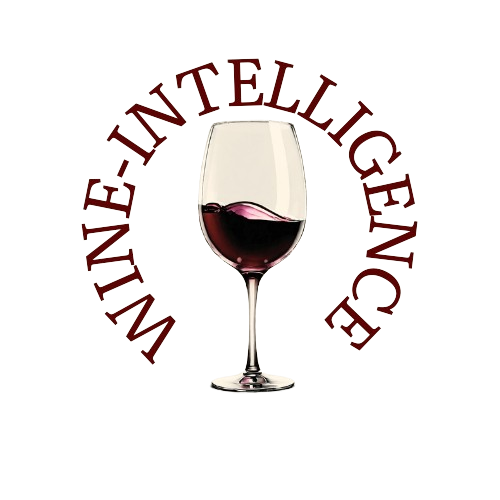As the Arctic continues to warm at a staggering rate—four times faster than the global average—its ripple effects are reaching far beyond melting ice caps and disrupted ecosystems.
They’re altering landscapes in unexpected ways, including the ancient tradition of winemaking. While global temperatures are increasing by 0.19°C per decade, the Arctic is heating up at an alarming 0.73°C per decade, transforming once-hostile terrains into fertile ground for viticulture.
Vines at 61°N: Finland’s Nuclear-Adjacent Vineyard
One of the most intriguing examples of this transformation is found on the west coast of Finland, near the Olkiluoto nuclear power plant. At 61 degrees latitude, where traditional viticulture was once considered impossible, an experimental vineyard has been established. What makes this project even more unique is its use of residual heat from the nuclear plant, channeled through underground plastic piping systems that warm the soil and prevent frost.
Here, the Zilga grape, a cold-hardy Latvian hybrid, thrives against the odds. Each year, up to 800 kilograms of grapes are harvested, producing wine consumed exclusively by the plant's staff. Although commercial expansion is not on the table, this initiative is a remarkable fusion of innovation, climate adaptation, and sustainability.
Sweden’s Sustainable Wine Renaissance
In Sweden, wine production has gained serious momentum, especially in the southern region of Skåne, home to the country’s largest vineyard: Arilds Vingård. Spanning more than 20 hectares, the estate cultivates a diverse mix of cold-resistant grape varieties including Pinot Noir, Muscaris, Cabernet Cortis, Souvenir Gris, and Pinot Noir Précoce, as well as 12 hectares of Solaris grapes—Sweden’s star cultivar—with 8 more recently planted.
To maintain the vineyard, Arilds Vingård employs an eco-friendly approach: Baby Doll sheep graze the land, managing weed growth naturally. These miniature sheep can’t reach the grape bunches, which means no damage to the crop—just efficient, pesticide-free maintenance.
The Solaris grape, bred in Germany in 1975, has proven to be the perfect match for Sweden’s evolving climate. Its wines are noted for their vivid acidity, freshness, and zesty character, drawing comparisons to New Zealand Sauvignon Blancs. Although ideal for young consumption, Solaris wines can be cellared for a year or two without losing their vibrancy.
Château Nagu: Finland’s Wine Ambitions Take Root
Farther southwest, on an island in the Turku archipelago, another ambitious wine project is underway: Château Nagu. This 2.5-hectare vineyard, managed by Herman Haapman, is pioneering Finland’s emergence on the international wine scene. The estate grows Pinot Noir, Chardonnay, Cabernet Sauvignon, Riesling, and Merlot, a bold selection for such northern latitudes.
Half of the vineyard is sheltered inside a 10,000-square-meter greenhouse, shielding the vines from the extreme cold. In summer, however, the 20-hour days of sunlight supercharge photosynthesis, aiding ripening and sugar development. In 2023, Château Nagu produced the Nordic region’s first Cabernet Sauvignon harvest, a historic milestone for Scandinavian viticulture.
Adding a mystical twist to their methods, Château Nagu conducts its harvests under a full moon, aligning with ancient winemaking beliefs that lunar energy enhances grape quality and the final wine's character.
A Changing Wine Map
From nuclear-powered soil warming to moonlit harvests and solar-powered vineyards, what was once unimaginable is becoming reality. As the wine world expands northward, Finland and Sweden are no longer fringe curiosities—they’re emerging terroirs, born from climate necessity and sustained by innovation.
This Arctic viticulture revolution is not just a story of scientific ingenuity. It is a clear marker of climate change's reach—how a centuries-old tradition like winemaking must evolve with the Earth’s shifting temperature. And in that evolution lies both the fragility and adaptability of global agriculture.
Source: Vinetur

